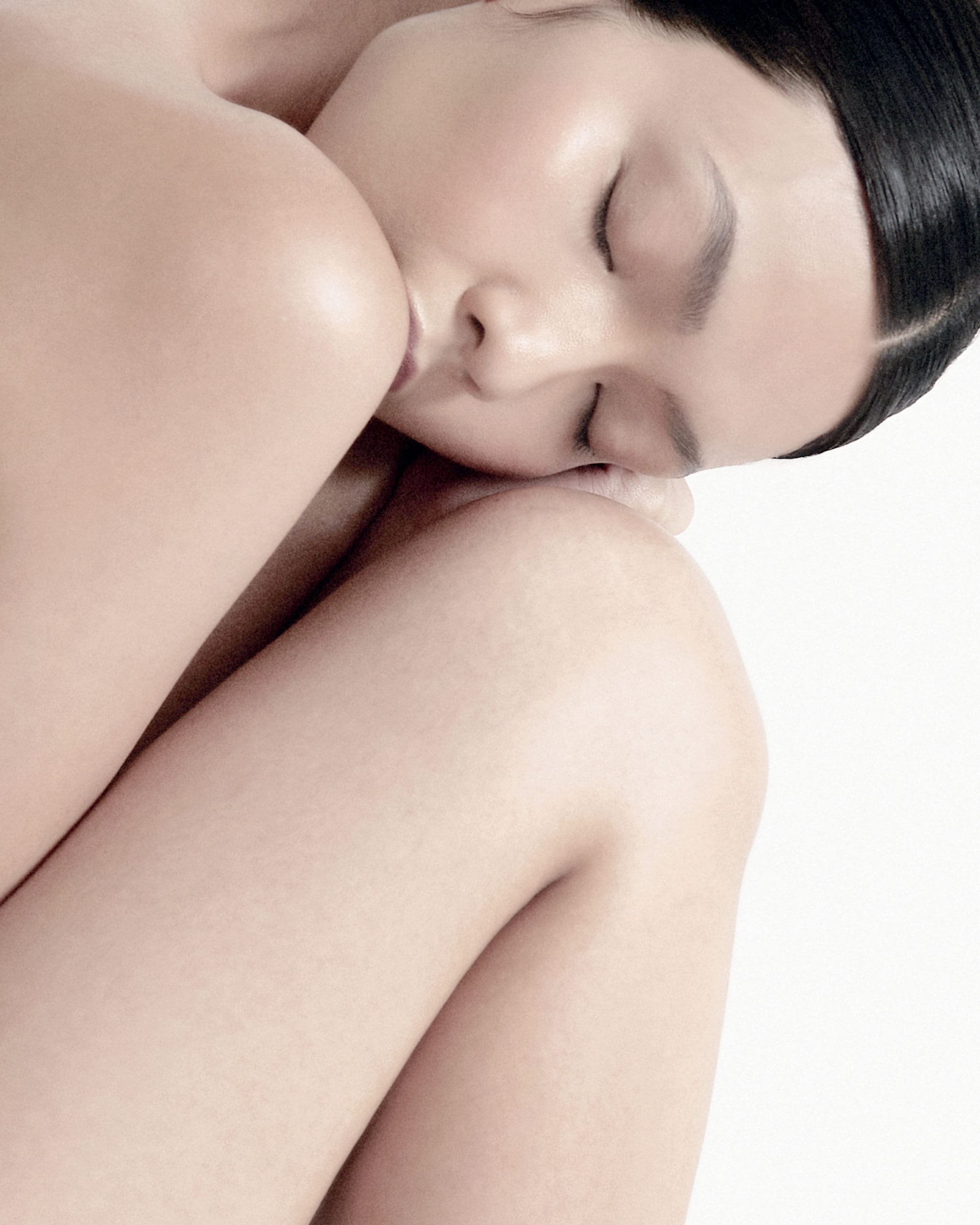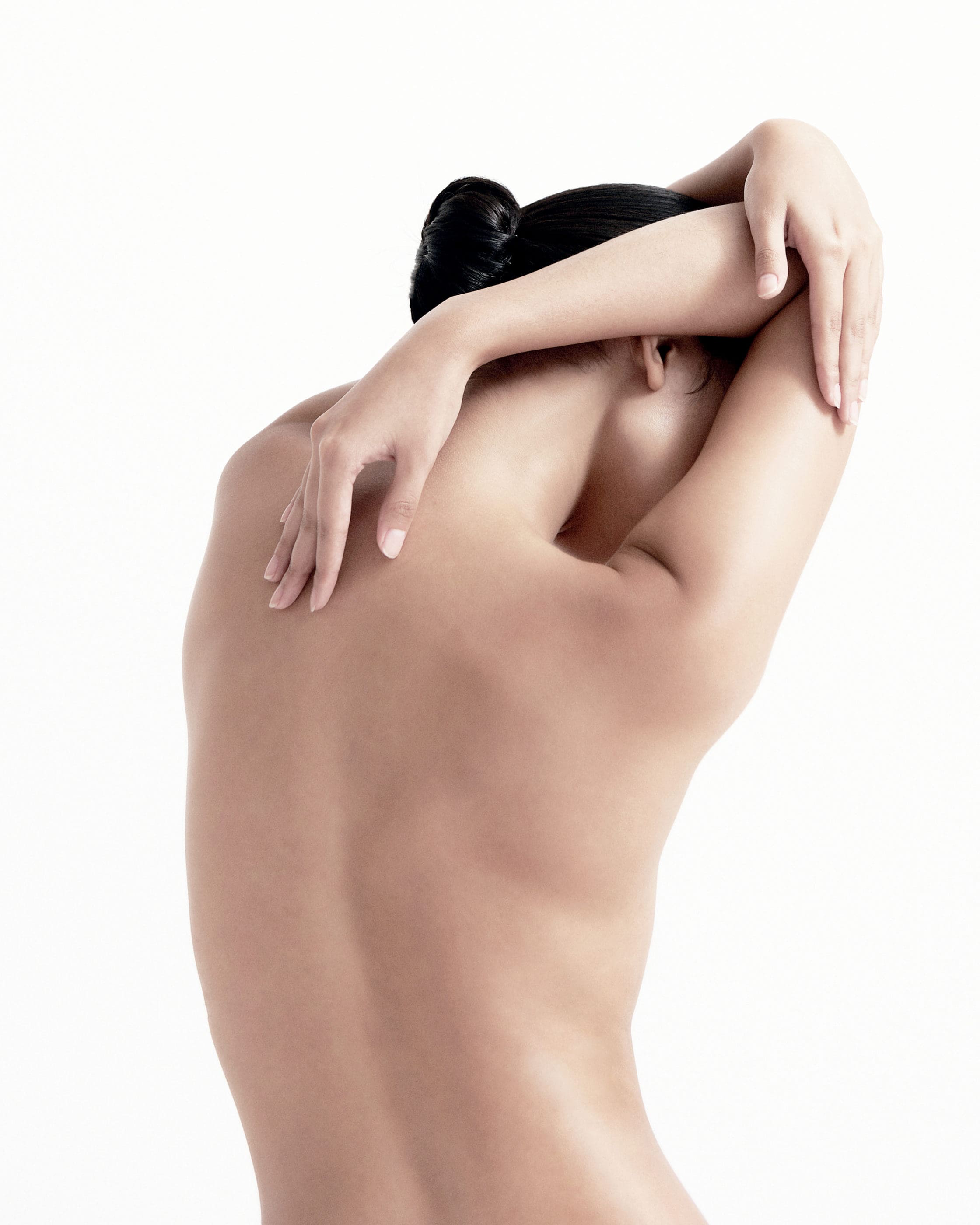Filipinos are experiencing more stress and burnout. Can a traditional healing practice provide the right relief?
One of the tenets of Filipino health is the concept of ginhawa, which refers to the state of being in harmony with one’s mind, body and spirit. Ginhawa, for Filipinos, goes far beyond Western notions of wellness. It is a holistic concept that integrates the physical, emotional, spiritual, social and environmental facets of an individual and their community.
The cheerful and easygoing nature of the Filipino people can often mask signs of stress and trauma. Filipinos are still recovering from the effects of the pandemic, yearly natural catastrophes, and an unprecedented spike in burnout among the workforce. Those who seek relief from the daily hustle should be reminded that our own traditional healing practices might be the answer to finding ginhawa.
Among the many approaches to Filipino wellness is hilot, a highly intuitive touch therapy that removes energy imbalance to achieve a renewed state of wellness.
A modern-day manghihilot (a practitioner of hilot) is rooted in the older, more specific variation of panghihila, where a manghihilot douses a material like a banana leaf in coconut oil and whispers prayers into it. The patient is given a deep-tissue massage in upward, circular, or downward strokes. The material is lightly placed across different areas of the body to see where it sticks, thereby determining the site of the ailment. Usually, it’s a pulled muscle, sprain, or congestion.
“When our ancestors say ‘health’ this doesn’t just mean physiological health, but the well-being of the total person”
Lem Senillo, spa manager of the holistic health resort The Farm at San Benito, shares how a manghihilot makes use of all their senses to properly read a person’s current state of health. “This is what we call body scanning and it’s part of the diagnostic. You have to feel their body temperature and talk to them, listen to their voice and tonality,” says Senillo, who comes from a family of manghihilot that run generations long. “Sometimes you have to smell the acidity of the patient’s body.”
When a person seeks a manghihilot, the healer’s energy must be rid of impurities. Senillio mentions that the patient is at their most vulnerable state when under the guidance of a manghihilot’s touch.
“You need to be in complete silence. You’re surrendering and giving up. This means you are welcoming any available energy around the space. You don’t want to contaminate the transfer of energy by having distractions around,” he elaborates. The manghihilot’s energy, therefore, is crucial to the recovery of a person’s well-being, and it is their job to bring back a balance to the four natural elements in a person’s body. The importance of the four natural elements—fire, water, earth, and air—predates the modern-day manghihilot, as traditional folk healers approached the human person as if it were a universe of its own.
Corresponding to the elements are mythical environmental spirits, locally referred to as engkanto. In his book The Science of Ancient Filipino Healing Art, Bibiano Fajardo explains how illnesses are caused by an imbalance of the elements in the body; too much or too little of any of the elements thus become the root cause of illness.

In remote barrios, traditional Filipino folk healers now practice under various names and specialties, such as albularyo, manghihilot, mangluluop, mangtatawas, and faith healer.
Commercially, there is a misconception that hilot is but another way to relax, billed across spa menus offering a Shiatsu, a Thai, or a Swedish massage. Fajardo had debunked this in an interview by saying, “This isn’t a massage. These are different ways to bring back the health of a person. When our ancestors say ‘health’ this doesn’t just mean physiological health, but the well-being of the total person. This includes our mental and emotional well-being.”
Traditional practices of healing are still largely in demand in Philippine society, as it offers accessible yet alternative modes of wellness to the everyday Filipino. Many manghihilot in rural areas consider folk healing to be their main livelihood. While they typically don’t charge their patients, they do accept donations of any value and of any kind. Women healers of indigenous communities also see their practice as basic and essential to sustaining harmony in their society, rather than a means to
attain wealth.
For the patrons and practitioners of Filipino folk healing, a community member’s health is indicative of the well-being of the community at large. Conversely, disharmony with their environment and social disarray leads to eventual illness and death in the community.
Similarly, Senillio emphasizes how the modern-day manghihilot must approach their patients with the utmost humility: “You have to channel your gratitude because you have this opportunity to render healing onto someone in need.” He alludes to his grandmother, herself a traditional manghihilot. “She doesn’t ask for any payment. Hilot is one of the sincerest forms
of healing.”
Raejell Roxas. Photographed by Kieran Punay.
